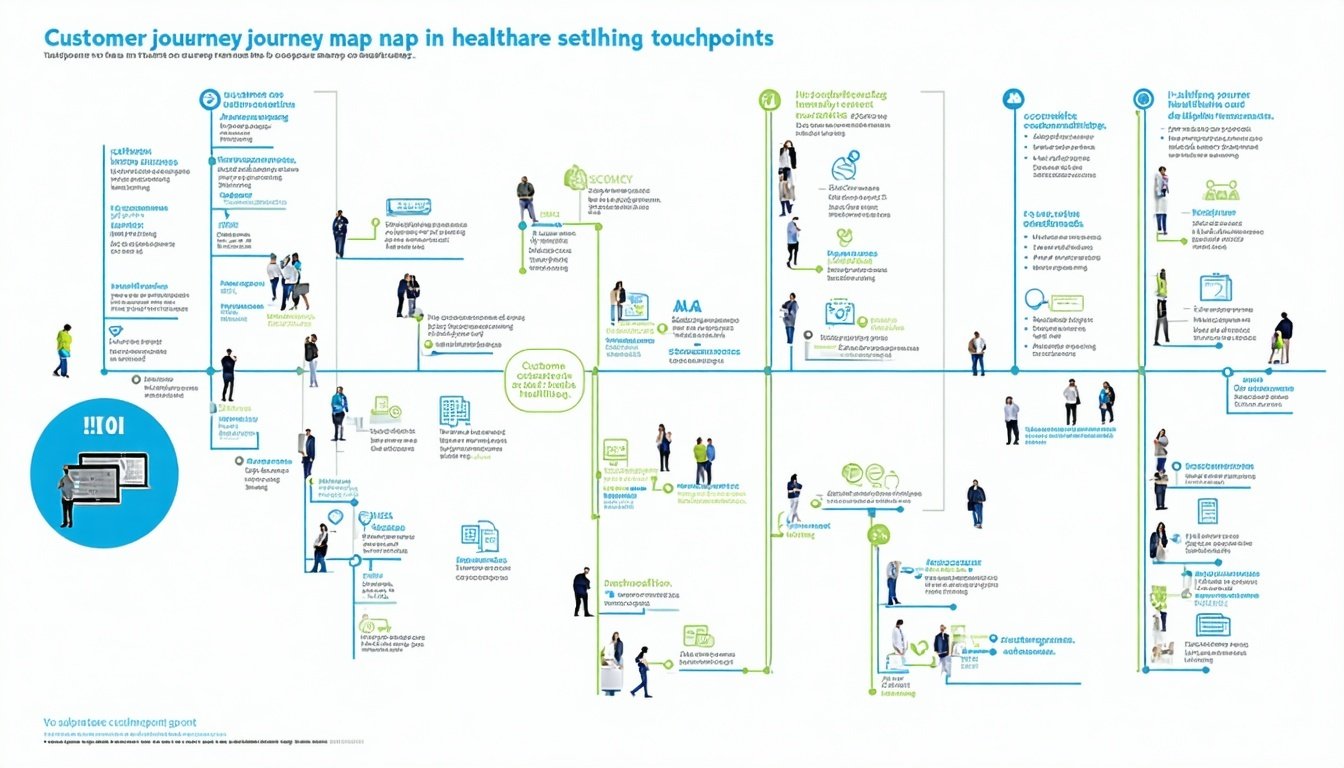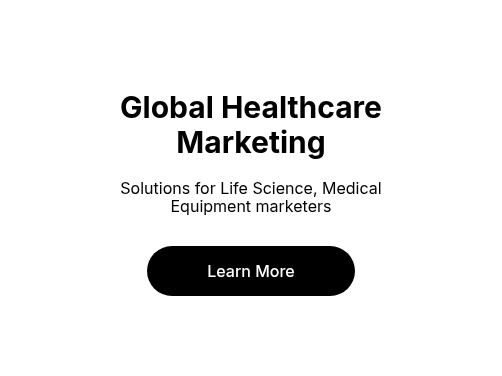A Guide to Healthcare Customer Journey Mapping

Discover how to effectively map the customer journey in healthcare, optimizing touchpoints and enhancing patient experiences.
Understanding the Importance of Customer Journey Mapping in Healthcare
In the dynamic landscape of healthcare, understanding the patient journey is crucial for delivering exceptional care and improving overall patient satisfaction. Customer journey mapping provides a visual representation of the patient's experiences from the initial point of contact through the entire continuum of care. By mapping out these interactions, healthcare providers can identify areas for improvement, streamline processes, and ensure that each touchpoint adds value to the patient's experience.
Moreover, customer journey mapping enables healthcare organizations to align their services more closely with patient needs and expectations. This proactive approach helps in anticipating potential hurdles and addressing them before they impact patient satisfaction. It also fosters a culture of continuous improvement, where feedback is actively sought and used to refine service delivery.
Identifying Key Stakeholders and Their Roles
Effective customer journey mapping requires a comprehensive understanding of the various stakeholders involved in the healthcare ecosystem. These stakeholders include patients, healthcare providers, administrative staff, insurers, and caregivers, each playing a pivotal role in the patient's journey. Identifying these key stakeholders and understanding their roles and expectations is fundamental to creating a holistic and accurate customer journey map.
Patients are at the center of the journey, and their needs and preferences should guide the mapping process. Healthcare providers, including doctors and nurses, are responsible for delivering care and ensuring that clinical outcomes are achieved. Administrative staff manage appointments, billing, and other logistical aspects, while insurers handle the financial elements of care. Caregivers, often family members, provide support and assistance to patients, particularly those with chronic conditions.
Mapping the Complex Buying Committee Dynamics
The decision-making process in healthcare is often complex, involving multiple stakeholders with varying priorities and concerns. Mapping the dynamics of the buying committee is essential to understanding how decisions are made and ensuring that all voices are heard. This involves identifying the key decision-makers, understanding their roles, and mapping out the interactions and influences that shape the decision-making process.
Typically, the buying committee in healthcare includes clinical leaders, financial officers, and administrative executives. Each member brings a unique perspective, with clinical leaders focused on patient outcomes, financial officers concerned with cost-effectiveness, and administrative executives prioritizing operational efficiency. By mapping out these dynamics, healthcare organizations can identify potential conflicts and areas of alignment, facilitating more informed and collaborative decision-making.
Creating Patient-Centric Journey Experiences
The ultimate goal of customer journey mapping in healthcare is to create patient-centric experiences that enhance satisfaction and outcomes. This involves placing the patient at the heart of all decision-making and ensuring that their needs, preferences, and feedback drive service delivery. By adopting a patient-centric approach, healthcare providers can build trust, improve engagement, and deliver care that meets or exceeds patient expectations.
Creating patient-centric journey experiences requires a deep understanding of the patient's perspective. This can be achieved through patient surveys, feedback mechanisms, and direct engagement with patients and their families. By listening to their voices and incorporating their insights into the journey mapping process, healthcare organizations can ensure that their services are truly aligned with patient needs.
Optimizing Touchpoints for Multi-Stakeholder Engagement
Optimizing touchpoints for multi-stakeholder engagement is critical for ensuring that all parties involved in the patient journey are effectively engaged and satisfied. This involves identifying key touchpoints across the patient journey and ensuring that each interaction is seamless, efficient, and adds value. By optimizing these touchpoints, healthcare providers can enhance communication, coordination, and collaboration among stakeholders.
Effective touchpoint optimization requires a strategic approach that leverages technology, data, and feedback. For example, implementing digital tools such as CRM systems and patient portals can streamline interactions and provide stakeholders with real-time access to information. Additionally, data analytics can be used to identify patterns and trends, enabling healthcare providers to address potential issues and continuously improve the patient journey proactively.
Share this
You May Also Like
These Related Stories

Healthcare ABM: Tailoring Campaigns for Success

Persona Documentation: The Revenue Game-Changer You're Getting Wrong



No Comments Yet
Let us know what you think